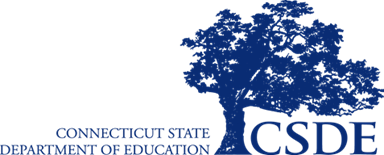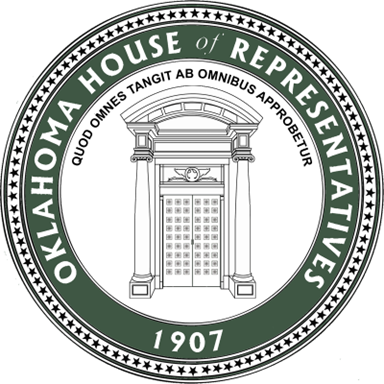CT to combat teacher shortage with $3M for recruitment, support – By Jessica Harkay, CT Mirror
State officials announced Tuesday a $3 million initiative focused on the hiring and training of new teachers to help address Connecticut’s educator shortage, with nearly 3,000 vacancies reported recently in teacher and paraeducator roles.
The state’s education and labor departments unveiled a plan to create a new teacher Registered Apprentice Program, and expand existing efforts in recruitment, including investing in paraeducator job fairs and expanding high schools’ “grow-your-own” programs which work to mold current students into future teachers.
As of March, new data show school districts across the state reported around 1,300 teaching vacancies and another 1,300 paraeducator openings despite a 4% staffing increase, or the hiring of over 4,000 full-time staff members, last school year compared to the 2018-19 school year.
“While we have made some gains recently in teacher hiring, there remains a shortage in many school districts and it is critically important that we maintain the talent pipeline necessary to address these challenges,” Gov. Ned Lamont said. “The most important education reform is a great teacher in the classroom.”

Oklahoma Legislature reaches deal on school funding, teacher pay and tax credits – By Nuria Martinez-Keel, The Oklahoman
Negotiations on public school funding and private education tax credits that have consumed the Oklahoma Legislature for months have finally ended in a deal.
Lawmakers agreed to pour $625 million into public education. The package funnels an extra $500 million into the education funding formula, the state’s chief driver of public school support, and $125 million for Redbud grants, which aid school facilities.
Of the formula funding, $286 million will support teacher pay raises, ranging from $3,000 to $6,000 based on the educator’s years of experience. School districts will be able to choose how they use remaining formula dollars.
A $155 million tax credit plan, which will grow to $255 million by 2026, also will advance.

The Department of Education updates guidance on public school prayer – By Jason DeRose, Boise State Public Radio
The U.S. Department of Education has issued updated guidance on prayer and other religious expressions in public schools.
The guidance follows last year's U.S. Supreme Court decision Kennedy vs. Bremerton, which held that a public school district could not stop a football coach from praying on the 50-yard line after games. The court ruled that such prayer was a personal religious observance and that preventing someone from engaging in such a practice violated the First Amendment's protections for free speech and the free exercise of religion.
The new guidance says "Teachers, school administrators, and other school employees may not encourage or discourage private prayer or other religious activity."
It goes on to say the U.S. Constitution allows school employees themselves to engage in private prayer during the workday. But it warns that they may not "compel, coerce, persuade, or encourage students to join in the employee's prayer or other religious activity."
The guidance also says a school may take reasonable measures to ensure students aren't pressured to join in their teachers' or coaches' prayers.

Report: Training of Ohio Teachers in the ‘Science of Reading’ Earns Mixed Grades – By Patrick O’Donnell, The 74
As Ohio governor Mike DeWine moves to require schools to use only the science of reading, a new analysis has found the state’s teacher training programs are uneven in preparing prospective educators to use the phonics-based approach.
In an evaluation of 26 public and private Ohio teacher training programs by the National Council on Teacher Quality released today, seven received A grades for instructing new educators in how to use the science of reading with young students, while six received Fs.
The report offers some encouraging news for DeWine who wants to ban other literacy approaches that have lost credibility: Colleges are teaching phonics — a key part of the science of reading — to teacher trainees.
But just nine of the 26 programs fully covered all five parts of the science of reading — phonemic awareness, fluency, vocabulary, and reading comprehension, along with phonics. In addition, most did not give new teachers enough practice with students.












